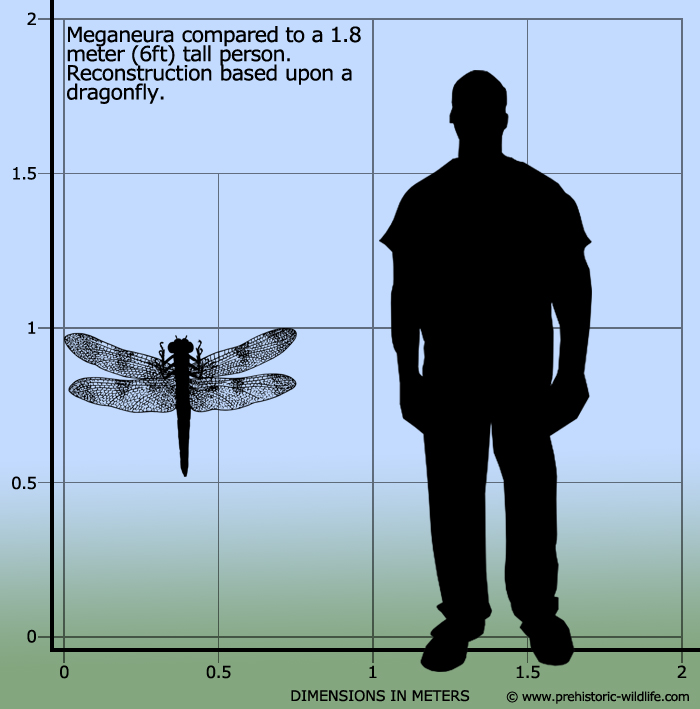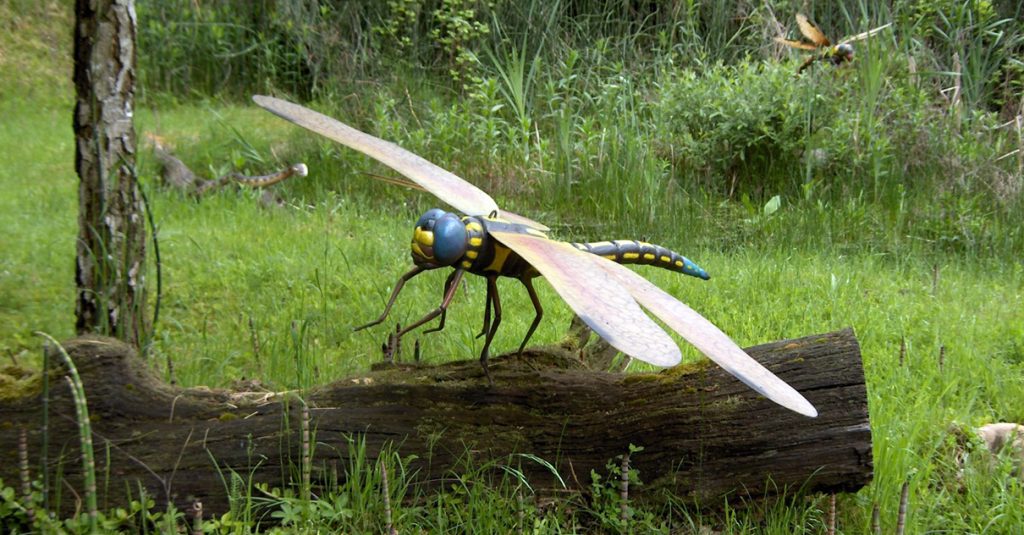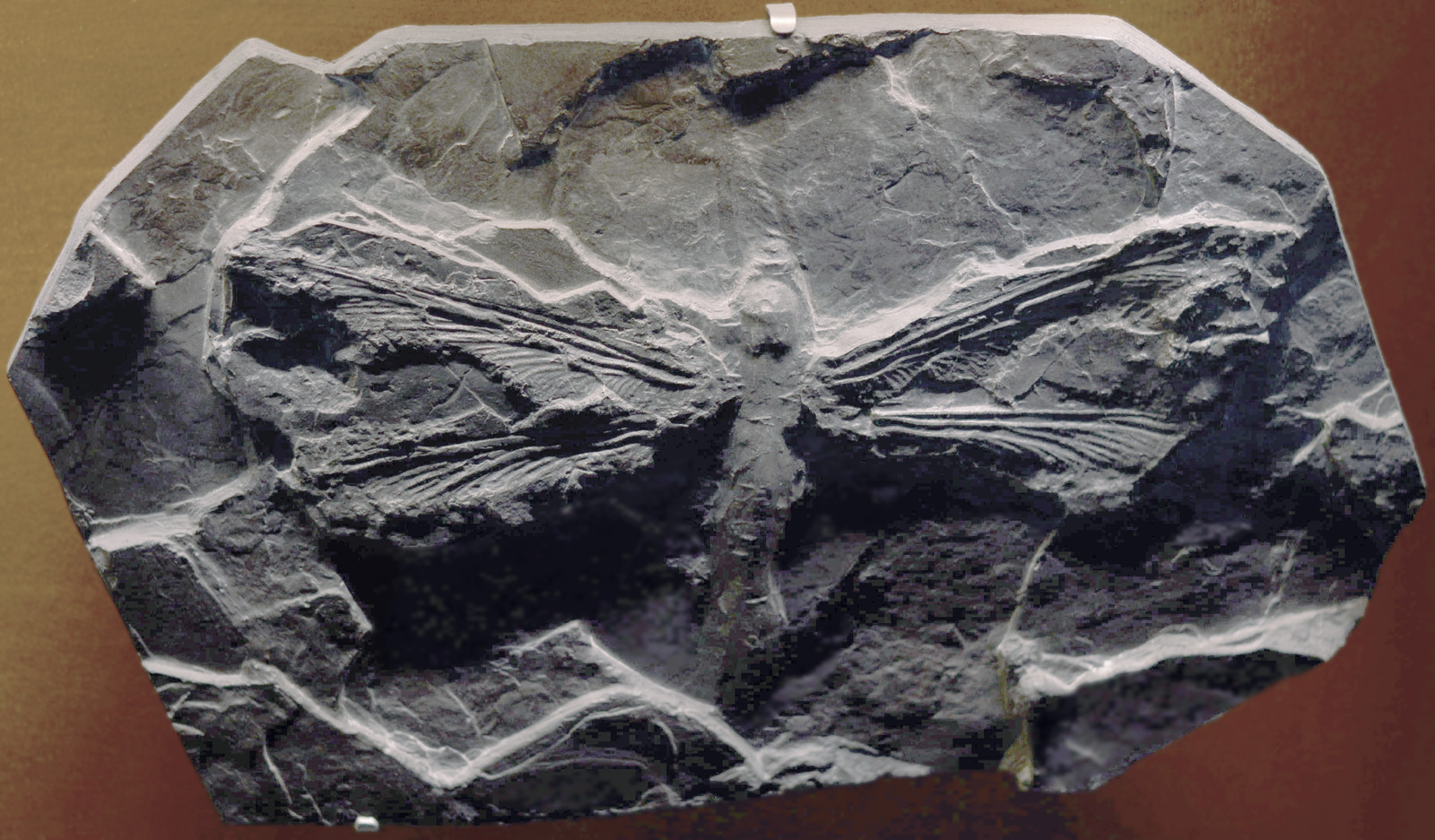
Long before the dinosaurs, colossal dragonflies ruled the skies.
The creatures are the largest flying insects on record, measuring up to 15 inches long with wingspans larger than some birds.

Known as Meganeura in the scientific community, these ancient insects are also sometimes referred to as griffinflies. However, they looked almost identical to modern-day dragonflies in general appearance, with only subtle differences in wing morphology. Like living dragonflies, Meganeura had a long slender body with large, round eyes, and were likely colorful.

The giant dragonflies were abundant for nearly 70 million years from the Late Carboniferous to the Late Permian (approximately 317 to 247 million years ago.) They were predatory, preying mainly on other insects, and likely hunted in a similar way to modern-day dragonflies. They may have been a bit less agile due to their size, however.
Griffinflies existed during a time when oxygen levels in the atmosphere tipped the scales at nearly 30%. Today, our oxygen measures at roughly 20%.
Some scientists theorized that insects in this time may have grown so large due to the abundant oxygen, while others think it may have been a way to compensate for the extreme levels. While oxygen is life-giving, too much of it can actually be toxic; larger bodies meant less surface area to absorb the gas. Another explanation is that the general lack of predators allowed the insects to reach such colossal proportions. Research is still ongoing.

The insects were first discovered in France in 1880. Only a handful of fossils have ever been found.
Watch the video below to see what they would have looked like in the hunt:




